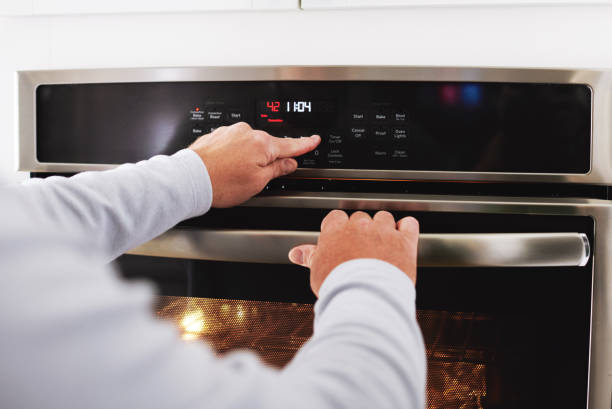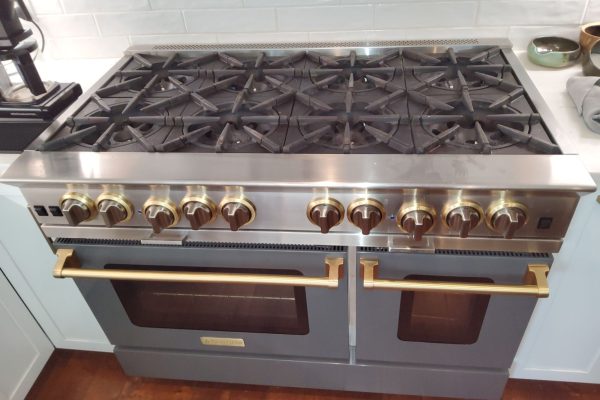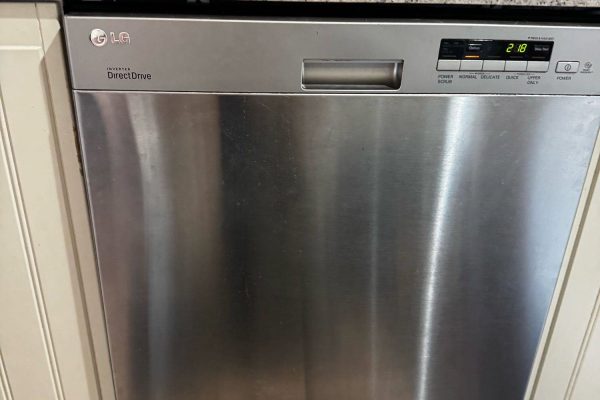Achieving culinary perfection often hinges on maintaining the optimum temperature in your oven. Whether you’re baking delicate pastries, roasting savory meats, or cooking casseroles to perfection, precise temperature control is essential for consistent results. In this article, we’ll explore strategies and techniques to help you maintain the optimum temperature in your oven, ensuring that your dishes come out perfectly cooked every time.
Calibrating Your Oven
Before you can maintain the optimum temperature in your oven, it’s essential to ensure that the temperature settings are accurate. Ovens can sometimes run too hot or too cold, leading to uneven cooking and subpar results. To calibrate your oven, start by purchasing an oven thermometer, which you can place inside the oven to monitor the temperature.
Preheat your oven to a specific temperature, such as 350°F (175°C), and then compare the temperature displayed on the oven’s control panel with the reading on the oven thermometer. If there’s a discrepancy, you can adjust the oven’s temperature settings accordingly using the manufacturer’s instructions. Regular calibration ensures that your oven operates at the desired temperature, providing consistent cooking results.
Preheating Properly
Preheating your oven is a crucial step in maintaining the optimum temperature for cooking. Most recipes specify a preheating time and temperature to ensure that the oven reaches the desired heat before placing food inside. Preheating allows the oven walls, racks, and air to heat evenly, ensuring that your dishes cook consistently from start to finish.
To preheat your oven effectively, allow sufficient time for it to reach the desired temperature before adding your food. Avoid opening the oven door unnecessarily during preheating, as this can cause heat loss and disrupt the heating process. Once the oven has reached the desired temperature, wait a few extra minutes to ensure that the interior is fully heated before placing your dishes inside.
Using the Right Bakeware
The type of bakeware you use can significantly impact how well your oven maintains its temperature. Opt for high-quality, heavy-gauge bakeware that distributes heat evenly and resists warping at high temperatures. Avoid using dark-colored or nonstick bakeware, as they can absorb heat and cause your dishes to cook faster or unevenly.
Additionally, choose the appropriate size and shape of bakeware for your dishes to ensure that air can circulate freely around them. Overcrowding the oven with too many dishes or using oversized pans can obstruct airflow and lead to uneven cooking. Leave space between dishes and pans to allow for proper air circulation and maintain the oven’s optimum temperature.
Avoiding Temperature Fluctuations
Temperature fluctuations can occur in your oven due to various factors, such as opening the oven door frequently, improper sealing, or inconsistent heating elements. To minimize temperature fluctuations and maintain a stable cooking environment, avoid opening the oven door unnecessarily during cooking, as this can cause heat loss and disrupt the cooking process.
Additionally, check the oven’s door seals regularly to ensure they are intact and free from damage. Damaged seals can allow heat to escape, leading to temperature fluctuations and uneven cooking. If you notice any gaps or cracks in the seals, replace them promptly to maintain the oven’s optimum temperature.
Monitoring Cooking Progress
Monitoring the cooking progress of your dishes is essential for ensuring that they cook evenly and reach the desired level of doneness. Use an oven thermometer to monitor the temperature inside the oven throughout the cooking process, adjusting the temperature settings as needed to maintain the desired heat.
Additionally, check on your dishes periodically to assess their progress and make any necessary adjustments. If you notice that certain areas of the oven are hotter than others, rotate the pans or dishes halfway through the cooking process to ensure even heating and browning.
Maintaining the optimum temperature in your oven is key to achieving culinary success and producing consistently delicious dishes. By calibrating your oven, preheating properly, using the right bakeware, avoiding temperature fluctuations, and monitoring cooking progress, you can ensure that your dishes cook evenly and to perfection every time. With these strategies and techniques, you’ll be well on your way to mastering precision in the kitchen and delighting your family and friends with delectable homemade meals.
Our services are your reliable way to solve problems with household appliances! If your appliances require repair, don’t worry – contact Oceanside Appliance Service Center and we will help you forget about any inconvenience.
Our company has many years of experience in repairing household appliances of various brands and models. Our team of highly qualified technicians has deep knowledge and experience in working with refrigerators, washing machines, dryers, dishwashers, stoves, ovens and other devices.
We guarantee a professional approach to each task and the use of only original spare parts for repairs. Restoring your household appliances to optimal condition is our main goal.
Contact us
(442) 291-2244


